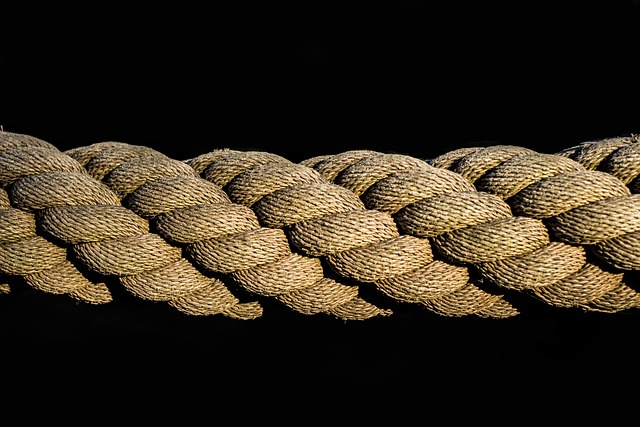Arborists use rope as a fundamental tool in their work for several critical reasons, each related to safety, efficiency, and the ability to perform a wide range of tree care tasks effectively.
Here are the main reasons why rope is indispensable in arboriculture…
1. Climbing
- Access – Ropes allow arborists to climb trees safely to perform inspections, pruning, or removals. Climbing with ropes enables access to high and hard-to-reach branches without damaging the tree with spikes, which can be harmful.
- Safety – Climbing ropes, especially when used with appropriate knots and climbing techniques, provide a secure system that protects the climber from falls.
2. Work Positioning
- Stability – Once in the tree, arborists use ropes to position themselves securely to perform work. This can involve adjusting their height, reaching different parts of the tree, or stabilizing their position to use tools safely.
- Mobility – Ropes enable arborists to move around the canopy to access different work areas without descending and reclimbing, saving time and energy.
3. Rigging
- Controlled Removal – When removing branches or sections of a tree, ropes are used in rigging systems to carefully lower cut pieces to the ground. This prevents damage to surrounding property and ensures the safety of people below.
- Load Distribution – Rigging techniques, using ropes, can distribute the weight of large branches or tree sections, reducing the stress on the tree and the rigging points.
4. Safety and Rescue
- Emergency Situations – Ropes are for aerial rescue operations. In the event an arborist becomes incapacitated while in a tree, ropes are used by rescuers to reach, secure, and lower the person to the ground safely.
- Backup Systems – Arborists often use ropes as part of a secondary safety system, providing an additional layer of security beyond their primary climbing system.
5. Equipment Handling
- Tool Access – Ropes are used to haul tools and equipment up into the tree, allowing arborists to have everything they need within reach, without having to climb down to retrieve items.
- Tool Security – Securing tools with ropes also prevents them from falling to the ground, which could be dangerous for people below and could damage the tools.
6. Environmental Consideration
- Tree Health – Using ropes for climbing and working in trees minimizes the need for more invasive equipment like aerial lifts or spikes, which can damage tree bark and underlying tissue, leading to potential health issues for the tree.
Ropes, in combination with a variety of knots and climbing techniques, offer arborists a versatile and toolset for safely and effectively performing their work. The use of ropes reflects the high level of skill and understanding of safety protocols that professional arborists bring to their trade.






